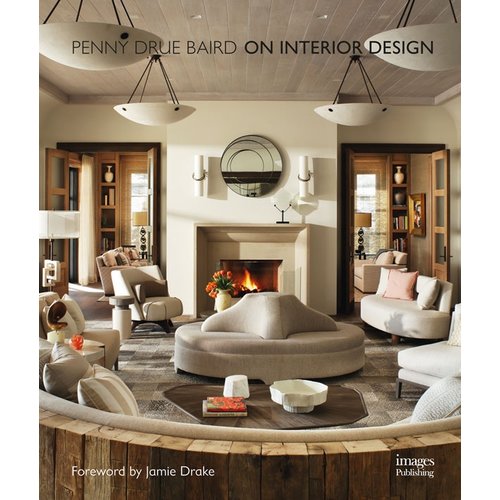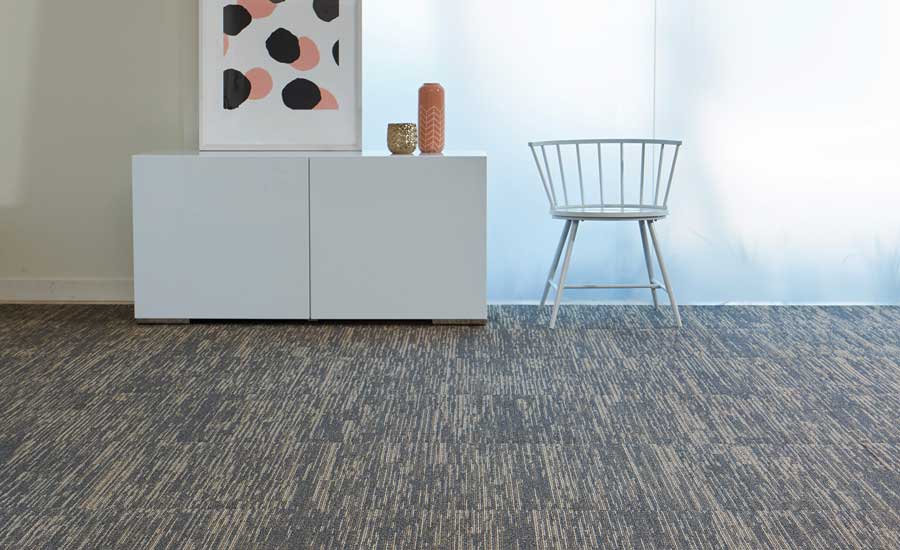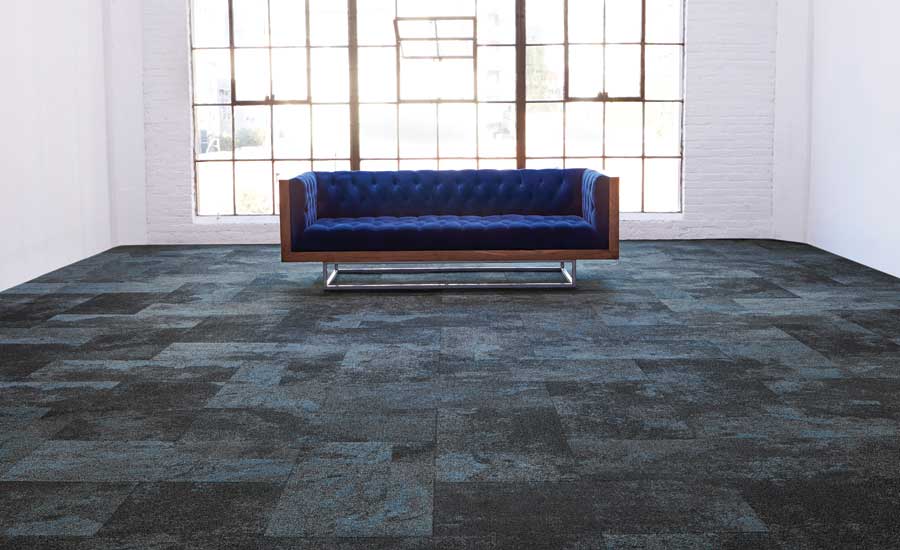Ralph Grogan, President and CEO Bentley Mills

Bentley’s Coin-op quick-ship carpet is constructed with Antron Lumena Type 6,6 Solution-Dyed Nylon.



With major investments in people, product and processes, Bentley is poised for major growth in the next five years. We had the opportunity to catch up with Ralph Grogan, president and CEO of Bentley Mills, at Bentley's Chicago showroom during NeoCon 2017. Here is an excerpt of that conversation.
FT: We’re here at NeoCon 2017. What do you look forward to most at this show?
Grogan: I've been in the business 30 years and this is my 27th NeoCon, so you have a lot of friends you have that you see every year at NeoCon. Tonight, I have a reunion, which we do every year at Tuesday night at 10:00, where we meet at a bar. It's time to connect. It's like Christmas.
FT: What are your goals for this year's show?
Grogan: It's a big product introduction show, but at the same time, we can meet a lot of people and in a two-and-a-half-day period of time; it's very efficient. It's a very hectic show, but you can get in front of 2,000 designers or end users and dealers that are our customers. I always enjoy getting out of the carpet box. I'll go to the furniture showrooms and textile showrooms just to see what they're doing and see the colors. In the carpet show rooms, you feel funny about because a lot of them are competitors, but a lot of them are friends; it's a small industry. If I go into a carpet showroom, I can ask about their family and kids, but if I go into a furniture showroom, I can ask about color and trends. The furniture guys, they have much bigger budgets than the carpet guys, so it’s very interesting to see some of the things that they do.
FT: Bentley has gone through a major rebranding over the last four years. Where do you feel you are at in the process?
Grogan: One of the reasons Bentley has been so successful is as a team we are everybody believes in what they are doing. Everyone gets along. We all worked together in some form or fashion. Four years is not a long period of time, but when we all got together four years ago, we all knew each other, and Jim Harley, our head of operations, is back at the plant. We all worked together. It sped up the process. Four years sounds like a long time, but when you're doing a rebranding, it’s really not. I still think we have only scratched the surface. We have so many opportunities with the brand and the territory. We have so many people in here [the Chicago showroom] that still see Bentley as a high-end broadlooms manufacturer, and so much of our business is very competitively priced carpet tile, beautifully designed, and we can still differentiate ourselves from the Shaws and the Mohawks of the world. We still need to get the message out that we can compete with Interface, Shaw, Mohawk, Tarkett--anybody that’s out there. Over time we've been able to attract better sales talent, so we are still very year attracting more and more and better and better sales talent. That helps us grow. It's a local relationship. You can have beautiful product here in the Mart, but if you don’t have a rep who’s returning phone calls and doing sample and explaining the inspiration, it’s not going to be successful. Todd [Todd van der Kruik, vice president of design, Bentley] hates to hear this, but even more than product, the rep is the most important part of it. The new branding—the new Bentley—has helped us attract better people.
FT: How are you attracting this talent?
Grogan: Nothing against our big friends, but we are still where if you want to be an entrepreneur and work in a great culture. I have a personal relationship with all 60 of our reps; I know them, I know their spouses, their kids, their parents, and it’s special. The people we attracted this year, the reason they leave bigger companies to come work with us is that from a product standpoint they can get everything they have with us, but what they can’t get is that culture where they can call up the chief operating officer about an order, they can call our CFO, they can talk to me. We are big enough that we compete with anyone but we’re small enough that it still has a nice culture to it. That attracts a lot of people. Typically, they will put six, eight in a territory and it’s almost like they are competing with themselves. In a lot of markets, we have one person or two people, but in New York City we have three. A lot of our competitors have seven or eight. That helps as well.
FT: You’ve done a lot of retooling of manufacturing and processes. What projects are you currently working on?
Grogan: We are working on the expansion of our tile line, which will double our capacity. With this expansion, it should put us in good shape for five years. We put together a five-year growth plan. It’s a big project and we hope to have it finished by the end of December. Todd already has the toys he is looking at for next year, as far as tufting. There are always great new innovations in terms of technology. That is where Bentley lost its way. Interface—they knew they were going to sell Bentley at some point in time—and they quit investing in product and technology. With our owners, they’ve come in and we’ve invested in tufting machines to where the product you see at the mart, they are made on the latest and greatest tufting machines. When I got here four years ago, they hadn’t bought a new machine in five years. There is new tufting technology every year.
FT: Balta announced the acquisition of Bentley earlier this year. What opportunities does this represent?
Grogan: Balta has a good commercial product line, Modulyss, and they have a presence in the United States, but it’s a very small presence. They went to market with agents, and they only had eight agents and anytime. When you deal with agents they carry a lot of lines and it’s not the focus you probably want. What we are bringing to the table to help Modulyss is we have 60 reps that effective of NeoCon that are carrying the Modulyss product. Strategically, we picked out 14 styles that complement our Bentley line. They are European styling, there is not canalization of what Todd is already designing, and if you look at the product they have, they are completely different than what we have, and we have 60 people who are showing this product. It’s going to really expand the market offering of Modulyss. The response to their products has been just as good to our product. Again, we say Bentley is California styling, Modulyss is European Styling and they complement each other very well.
We are going to service it—sampling and inventory—out of California and then we have a warehouse in Georgia where we can service a lot of the goods with pretty much normal lead times. What we haven’t started is Bentley in Europe. We are doing some trials now where we will tuft the goods in California and then back them in Europe at their plant for the European market. So, the first step was to introduce Modulyss to the U.S. market; the next step will be to introduce Bentley to the European market. It’s a really big opportunity.
Quite frankly, an area we needed work in was the international influence and Balta does business in 150 countries, 90 different currencies, so it’s really going to help us from an international standpoint. In fact, one of our big customers in New York is working on a project in London and Mumbai and the whole Balta connection is helping us with that.
FT: Is there anything about the work ahead that makes you apprehensive or poses a particularly big challenge?
Grogan: It’s a competitive landscape, but we’re not fearful of that. We have our niche that we can play in. One of the things I love about our business is that we deal with such talented people every day in the A&D community. The architects, end-users we deal with are brilliant and to be able to work with them and get ideas with them; it is a fascinating opportunity.
Looking for a reprint of this article?
From high-res PDFs to custom plaques, order your copy today!








.jpg?t=1690771780)


